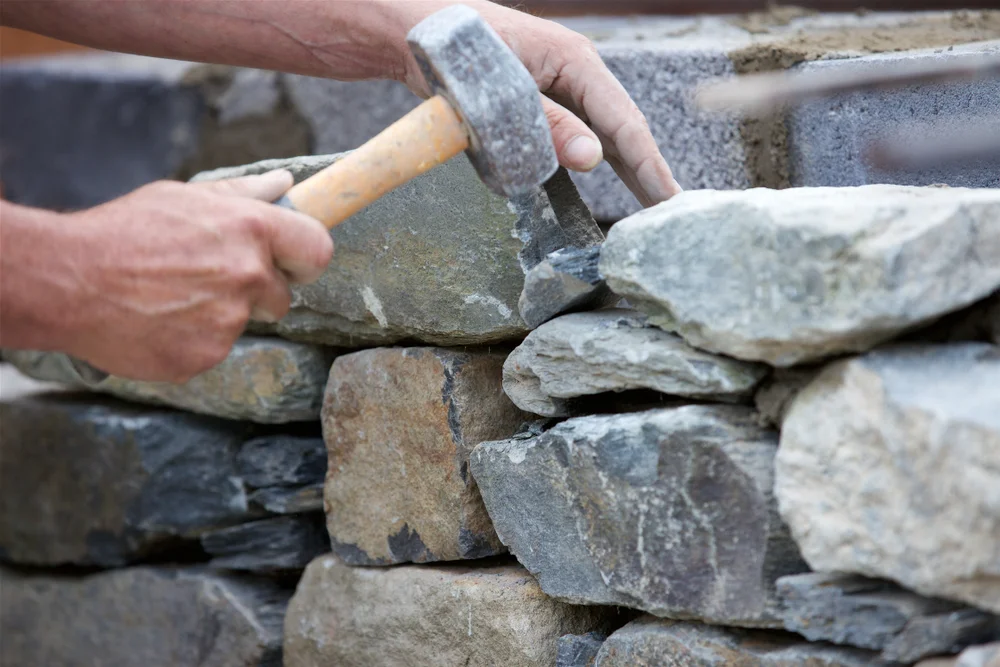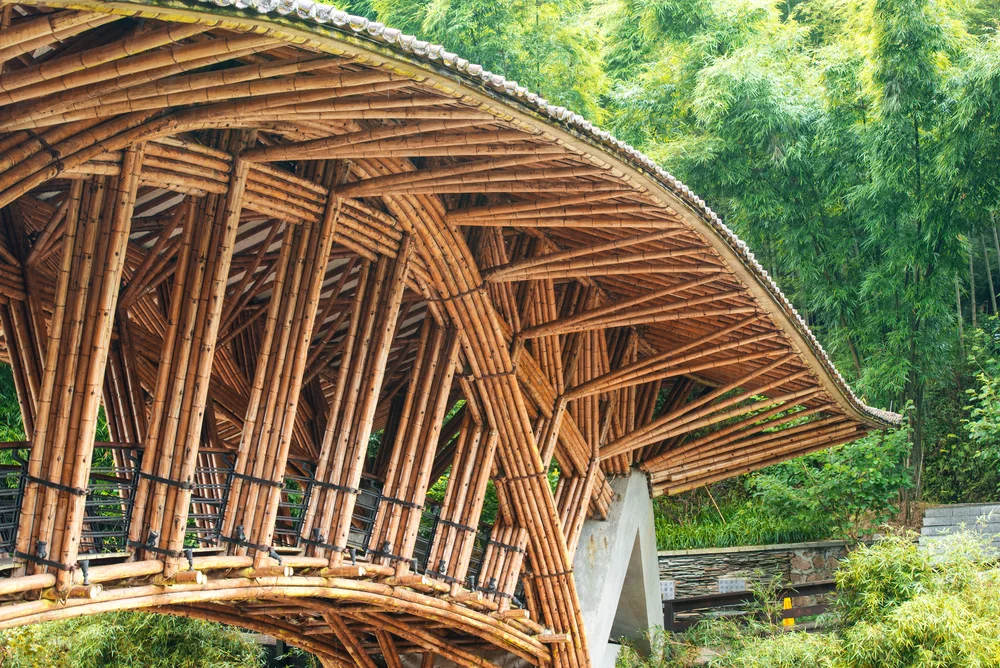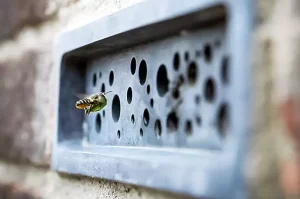In the age of super-technified materials, digital architecture and industrialized construction, what room is there for craftsmanship in a technological world? The sustainability trend – or should I call it inherent professional responsibility – of the global building stock advocates for buildings that are more connected to their context and that contribute to environmental, social and economic well-being (AKA complying with the 3Ps). Vernacular techniques and local materials have gained relevance along the path to meet this goal, but is it really feasible to apply these concepts to large urban constructions? How do these techniques and materials that we have barely regulated and that are almost not even included in our technical legislation fit into modern architecture?
Modernity, as it is now interpreted, encourages a continuous insertion of a blank slate to find the next great invention. This culture of constant novelty, in which the novelty can only be considered as such if it has been devised from scratch, is exhausting and throws a lot of knowledge down the drain. The technological progress that has been made in recent decades is breathtaking, and is allowing us to construct buildings with a very low environmental impact during their lifespan: thanks to extraordinary energy efficiency, use of clean energy on-site, water reuse, rainwater harvesting… So, the technological strategies to minimize the operational impact of a building – that is, the impact it has throughout its lifespan – are readily available, but what about everything that contributes to the embedded sustainability of the building, the impact of the production chain of the building stock itself? Herein lies the urgency to intervene in the way we produce building materials.

For ancestral construction techniques and natural local materials to become business as usual, legislation or protocols of action are required that can only be written by expert hands, and that is where the importance of craftsmanship comes in. In the craftsmen resides the expertise and know-how of the healthy and sustainable architecture we are looking for, they are the ones who will make us lose fear to our pencil while drawing a wooden construction detail or sign an adobe-lime project. Let’s take for a moment the example of bamboo, which is a material with little global regulation as a building material. We see that in Europe, where there is scarce tradition of this material, hardly any legislation on the matter, and what legislation there is, places many obstacles, such as huge safety coefficients due to ignorance and fear about bamboo behavior. On the other hand, Colombia is one of the countries where it is most used and is the country with the most regulations and information on bamboo in construction. What I mean by this is that sometimes we may think that establishing protocols and laws is the previous work necessary to start using natural materials and ancestral techniques in a safer way, but it is the other way around, experience and knowledge is the only thing that can provide us with the necessary information to build a legal framework. Although craftsmanship and industrialization sometimes seem to be different branches, the reality is that one is the predecessor of the other.

When we talk about re-reading our vernacular architecture, it is not in a poetic sense but in the sense of doing it with a contemporary language that is capable of meeting contemporary requirements. In the present times, when there is so much talk of achieving maximum architectural service with the locally available resources, the answer to how to do this lies in our own tradition. With all the technology we have today, the (correct) reinterpretation of ancestral construction systems together with today’s technologies is a formula that resonates with success.
To embrace our architectural tradition is to embrace thousands of years of experience and the infinite knowledge gathered by all generations before us. The blank slate exhausts us and despises all the work done so far, therefore I propose to leave it behind and transform the recollection of knowledge into the steps of a staircase that leads us to the true modern architecture.



